Many shrewd horse racing punters research whether there is a draw bias at Haydock Racecourse.
The horse racing draws are perhaps the most overlooked factor in horse racing statistics in May 2024.
The Haydock draw bias refers to whether or not a racehorse running at Haydock has an advantage or disadvantage following the stall they have been drawn in.
Our horse racing tipsters can be influenced by the draw of the horse when selecting their best chances of a winner at Haydock Races.
In our Haydock Draw Guide, we will explain everything you need to know about the stalls and potential draw advantages for horses running at Haydock today.
Is there a draw bias at Haydock Racecourse?
Haydock racecourse is one of the few courses where horses are more likely to win if drawn high than low, particularly over sprint distances. However, the extent of this bias varies depending on the course configuration and distance.
For instance, over 5 furlongs, horses drawn in high stalls have a significant advantage, with the bias decreasing slightly over 6 furlongs.
In contrast, over 7 furlongs and a mile, horses drawn low are slightly favoured, although the bias is not as strong as at some other courses.
It’s worth noting that while there is some degree of draw bias at Haydock, other factors such as the going, pace, and jockey skill can also play a significant role in determining the outcome of a race.
Therefore, it’s essential to consider multiple factors when analysing the likelihood of a horse winning at Haydock.
What is the Draw Bias at Haydock 5 Furlongs?
The statistics suggest that there is a significant advantage for horses drawn high over the 5-furlong course at Haydock. Being able to race down the stands side seems to be a favorable position.
However, the bias is not as strong as at some other courses and can be affected by other factors such as the pace of the race and the ground conditions.
It’s important to note that there is some variability in the results from year to year and that the sample size of races may not be large enough to draw definite conclusions.
It’s always advisable to also consider other factors such as recent form and trainer/jockey combination when making betting decisions.
What is the Draw Bias at Haydock 6 Furlongs?
The straight 6 furlongs at Haydock is known to be a course where the stand side part of the straight is the quickest. Hence, it is not surprising that horses drawn high near the stand side have a significant advantage over the others.
It’s said that horses which have been drawn low have to move towards the stand side to get an advantage. This can cost them extra ground and often proves to be detrimental to their chances.
The statistics back up the belief that high drawn runners have an advantage at Haydock over 6 furlongs.
The data suggests that the bias is significant, and horses with a high draw are more likely to win the race.
What is the Draw Bias at Haydock 7 Furlongs?
The number of 7 furlong handicaps at Haydock is limited, but there is a clear pattern indicating a preference for low drawn runners.
This may not come as a surprise, as the races over 7 furlongs at Haydock are run around a tight bend, where horses drawn low on the inside tend to have an advantage.
In general, the stats suggest that Haydock has a significant draw bias towards high drawn runners over the 5 and 6 furlong distances, where the stand side rail appears to be the quickest part of the course.
What is the Draw Bias at Haydock 1 Mile?
The stats for Haydock 1 mile indicate a significant advantage to being drawn high with over a quarter of the races being won by the horse drawn widest of all.
This is a complete contrast to the 7-furlong analysis where low drawn horses seem to be favoured.
It’s a strange pattern and quite unusual for a racecourse to have such different biases over similar distances.
Does The Stall Draw Affect Chances Of Winning In Flat Races at Haydock?
The chances of a horse winning can hugely be affected by the stall number at Haydock Races.
The best horse racing tipping services will adjust their judgements of horses with the best chances after the stall numbers are released in the Haydock racecards.
Here is some important information on the tips, results and runners for horses running at Haydock.
Haydock Pace Bias Statistics
Haydock Park racecourse has a significant pace bias, with hold-up horses being favoured over front runners. This is reflected in the rankings of individual distances, where Haydock ranks quite low.
In particular, over 5 and 6 furlongs, the course ranks 29th and 27th out of 31 and 29 courses, respectively. This indicates that front runners have a tough time at these distances, and it is best to be a hold-up horse.
Over the mile distance, Haydock ranks 25th out of 30 courses, further suggesting that the course is not favourable to front runners.
When analysing the pace bias at Haydock Park, it becomes evident that it is difficult for horses to lead from the front.
The course favours horses that are held up and come from behind. The statistics show that over the various distances, Haydock ranks quite low compared to other courses, indicating that it is not ideal for front runners.
Summary
The data and stats are updated in real-time from our Haydock Horse Racing Results for the information shared on the draw bias.
With the draw bias mainly affecting the sprint races then punters are quickly on the lookout for the big ante posts races, as the draws are released.
Ground conditions, weather, and handicapping blots can affect the draw bias statistics. So at times, it is strongly advised to check the earlier races of the day to see if the draw bias on the current ground has changed.
Related Draw Bias Posts
Find all the draw bias information articles.
- Ascot Draw Bias
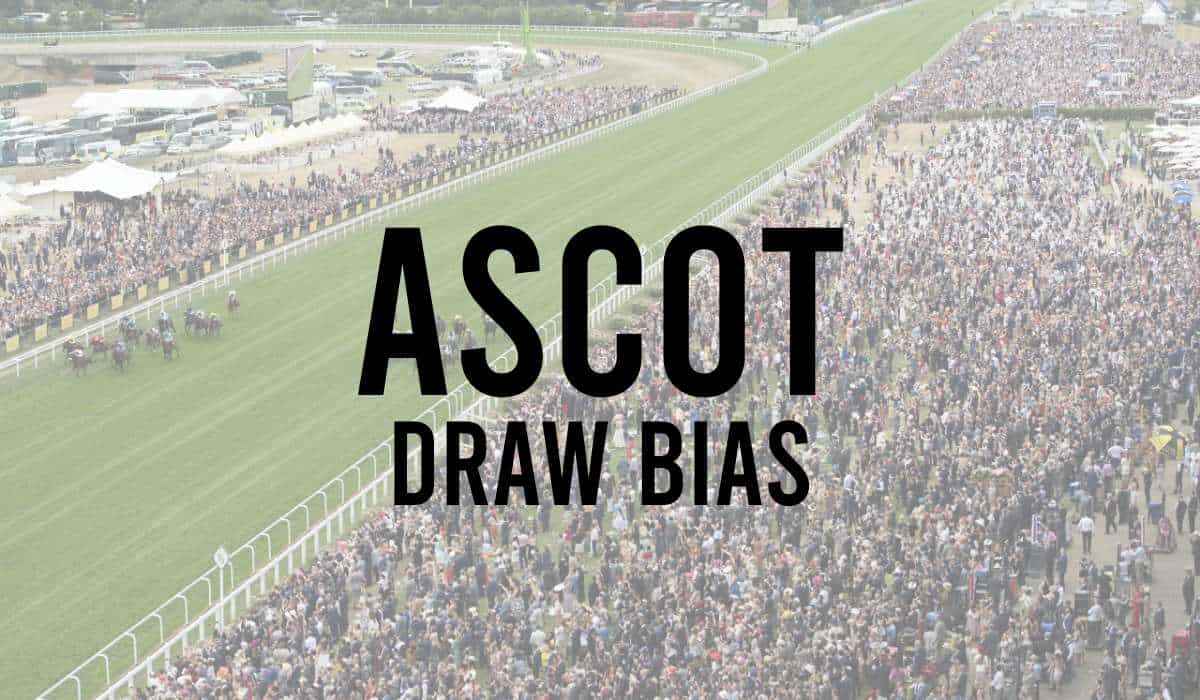
- Bath Draw Bias
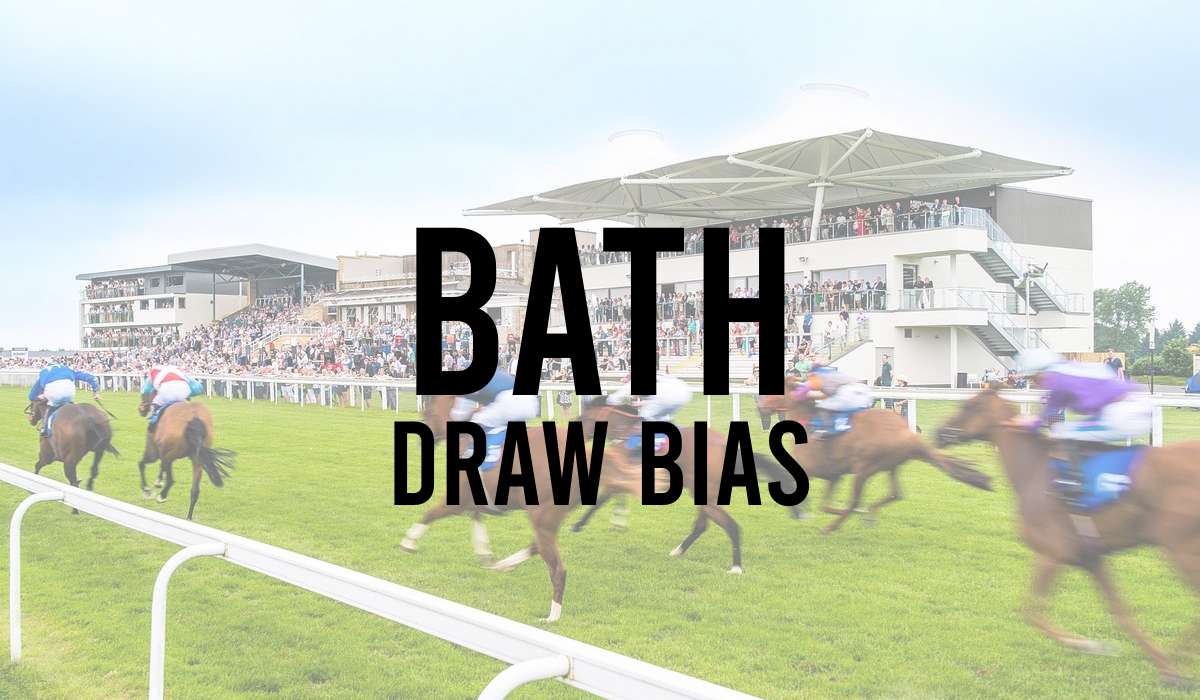
- Beverley Draw Bias
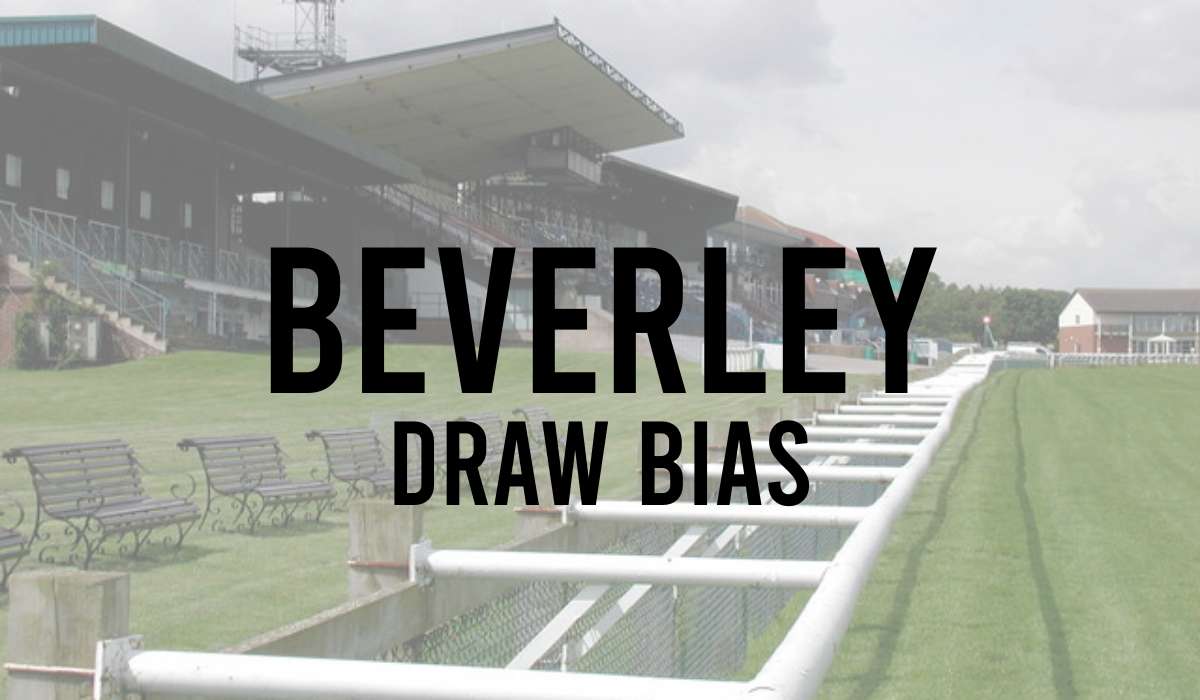
- Brighton Draw Bias
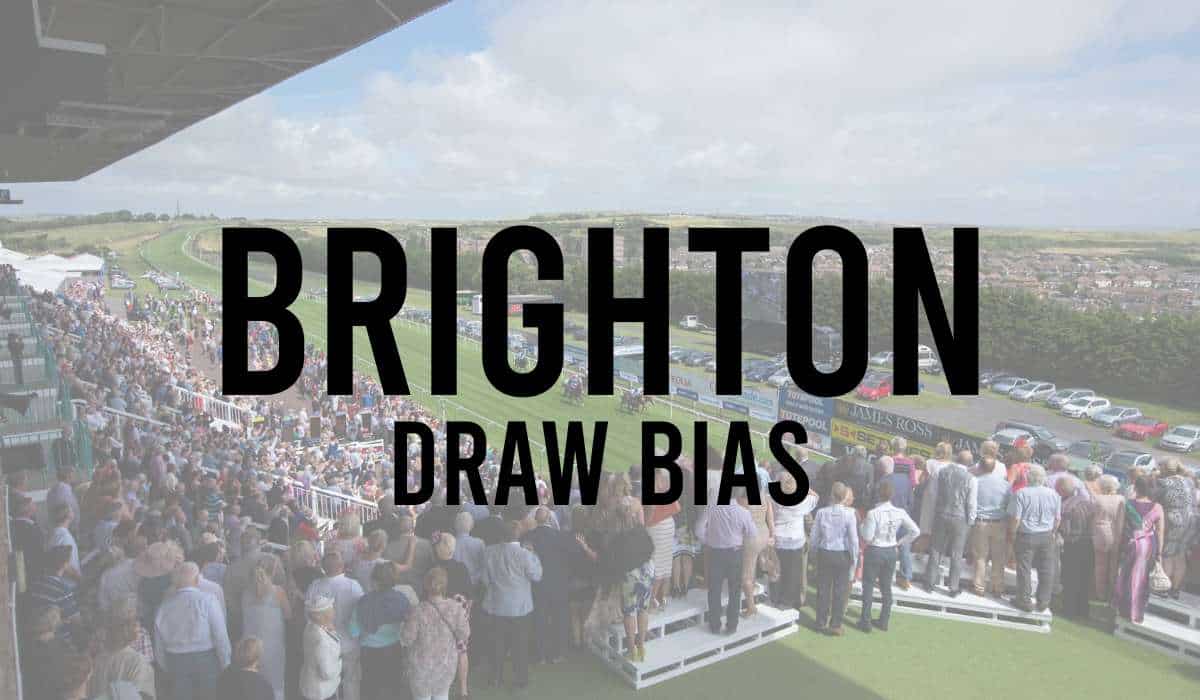
- Catterick Draw Bias

- Chelmsford Draw Bias

- Chester Draw Bias
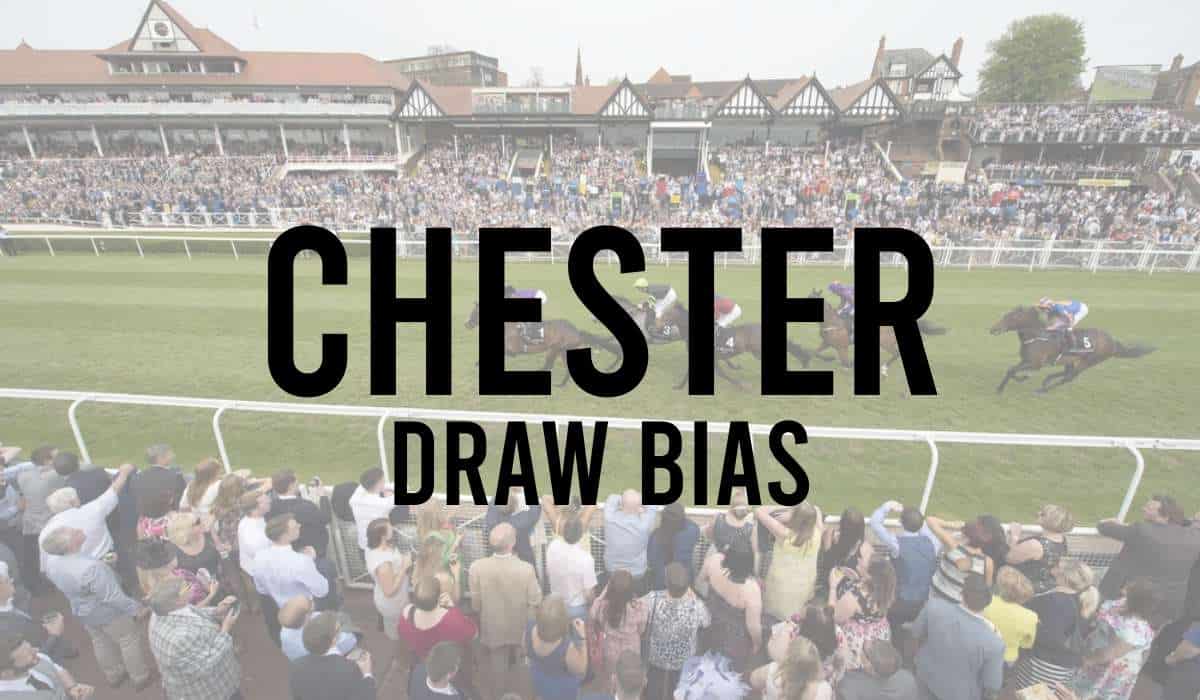
- Cork Draw Bias
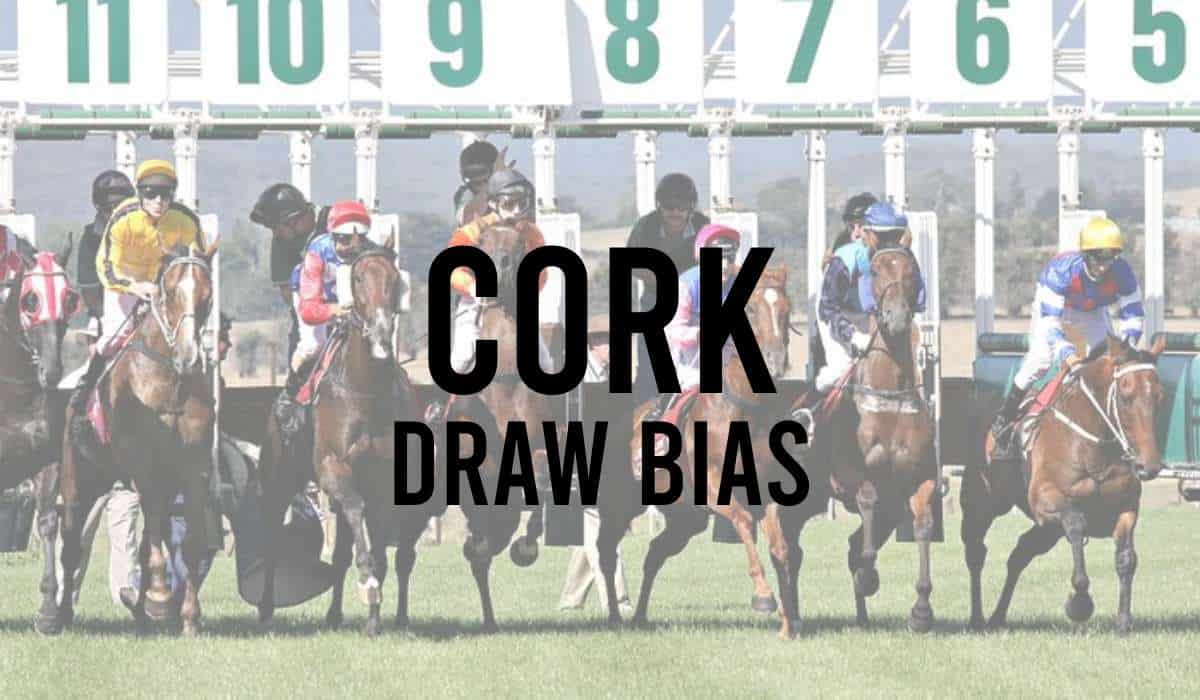
- Doncaster Draw Bias
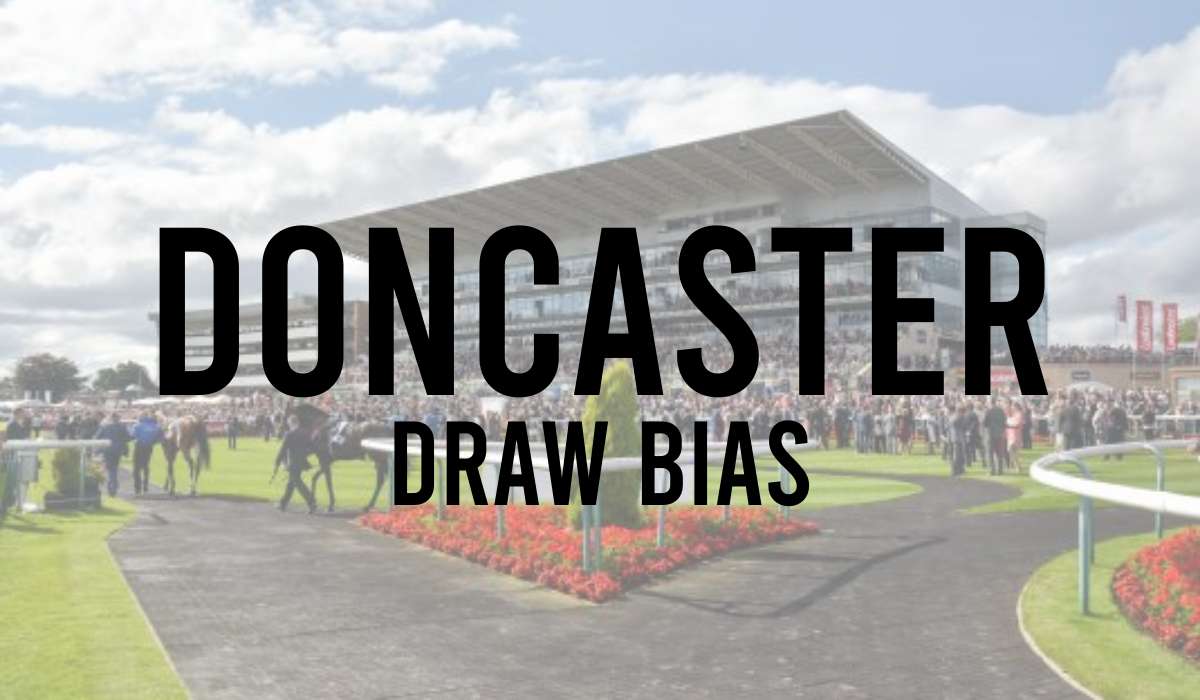
- Dundalk Draw Bias
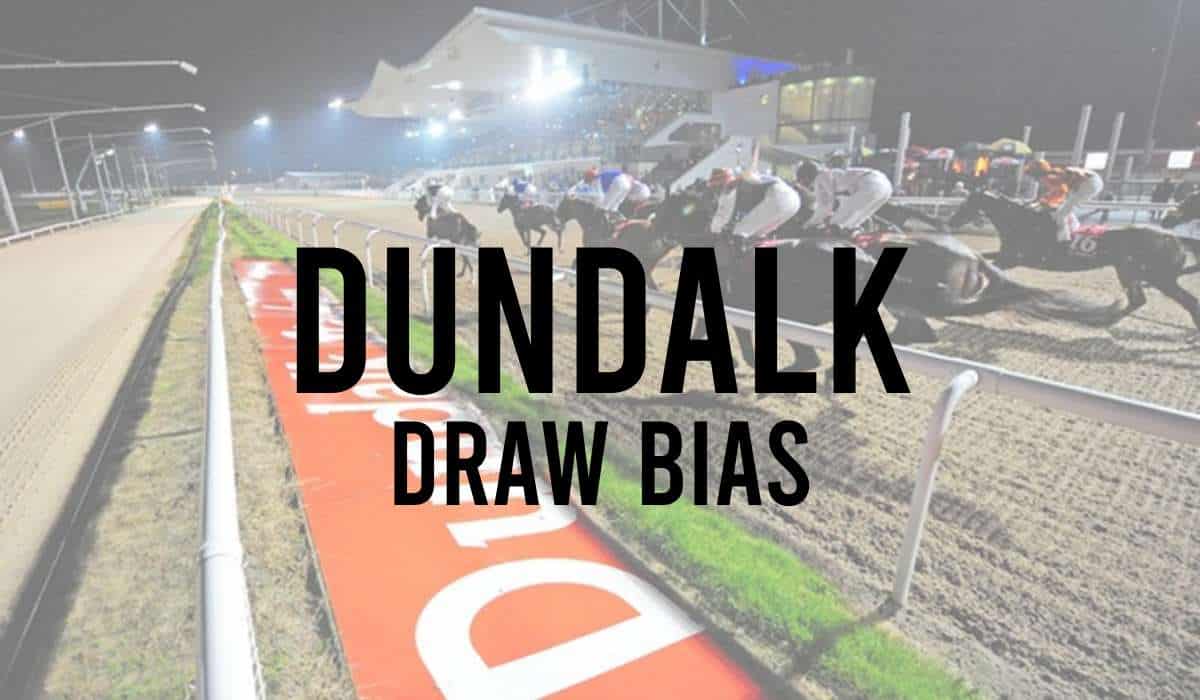
- Epsom Racecourse Draw Bias
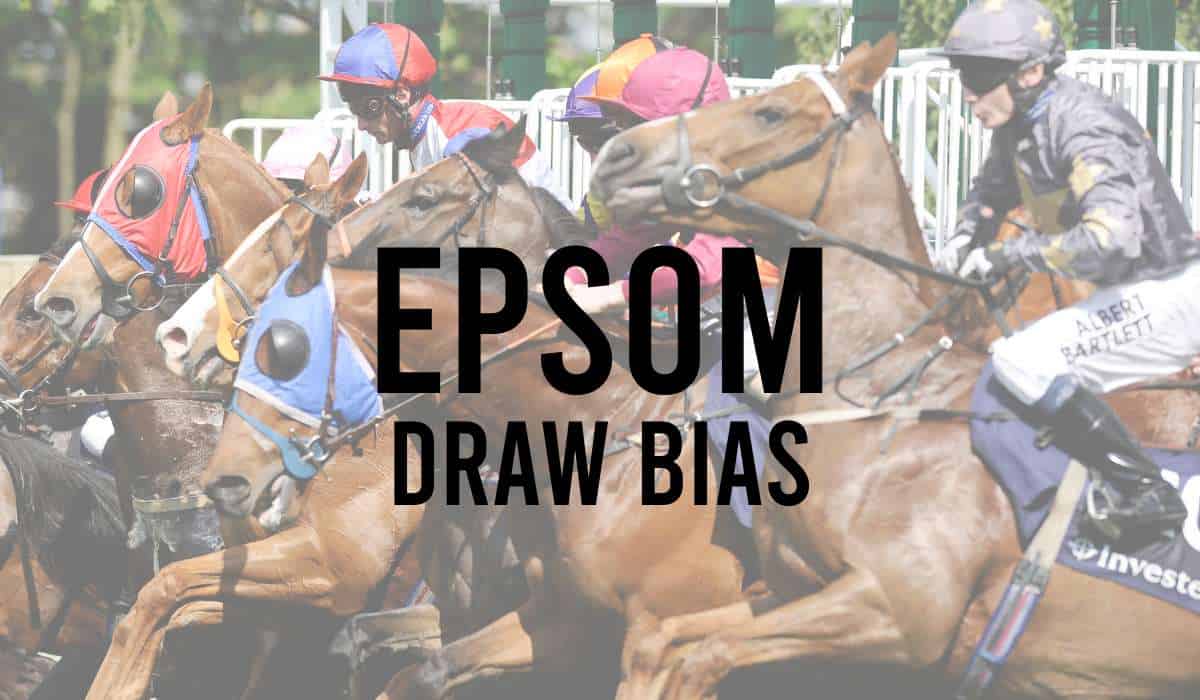
- Goodwood Draw Bias

- Hamilton Draw Bias
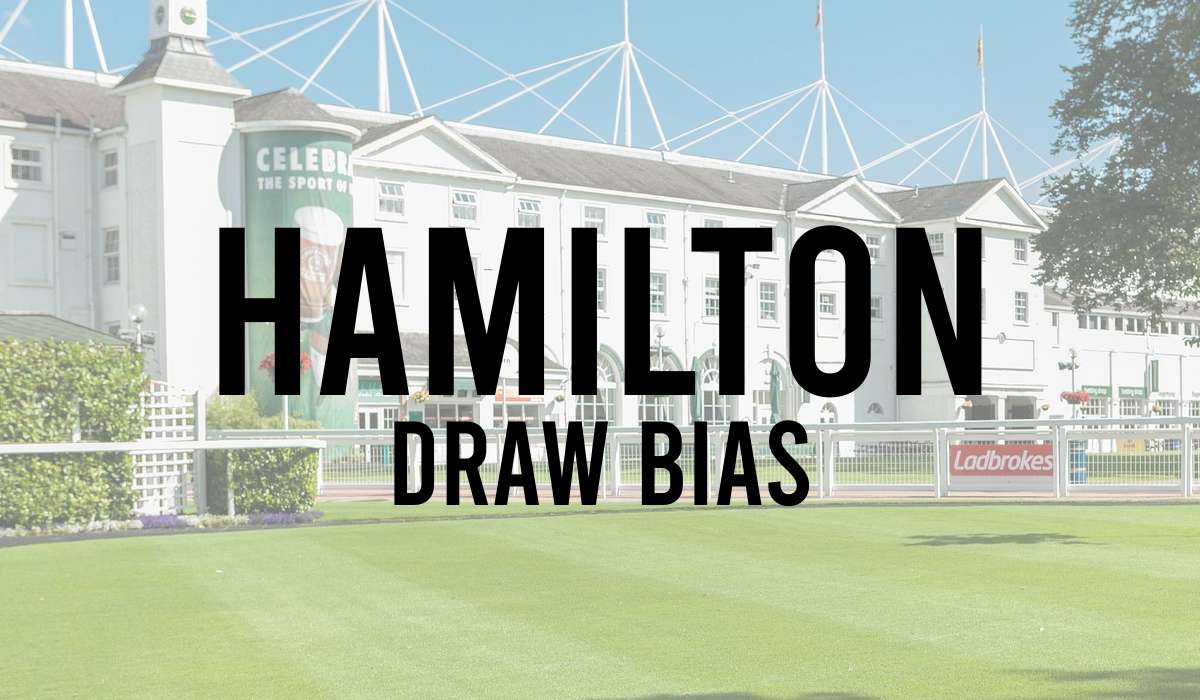
- Haydock Draw Bias
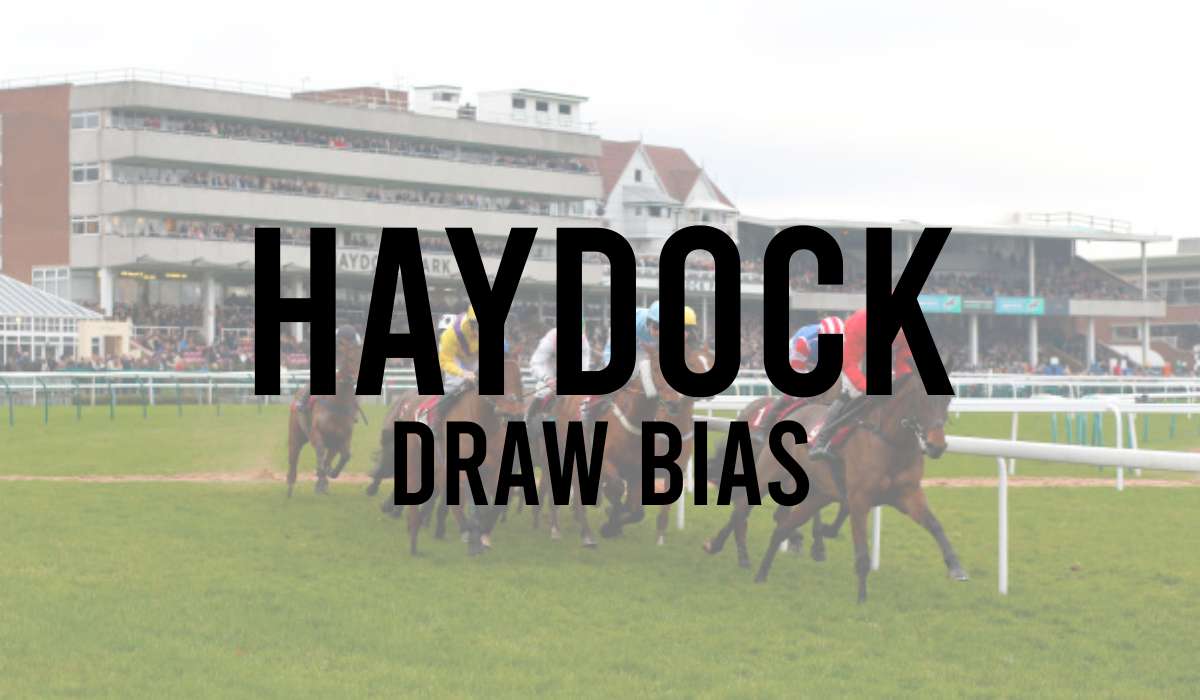
- Horse Racing Draw
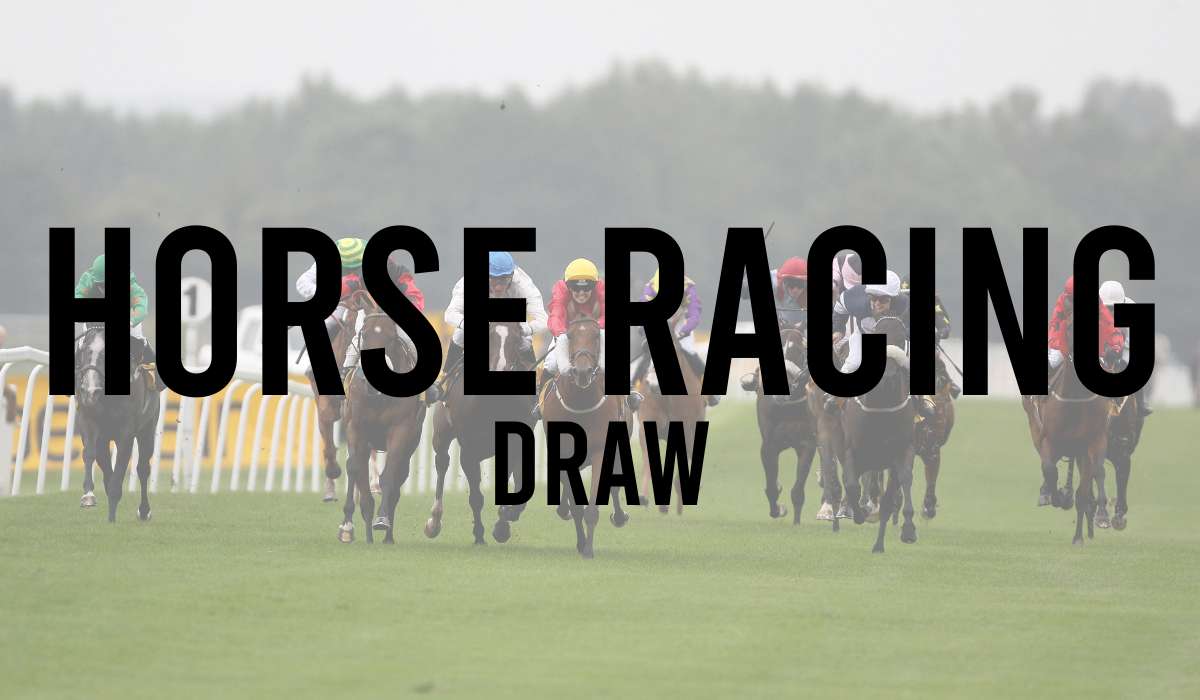
- Kempton Draw Bias
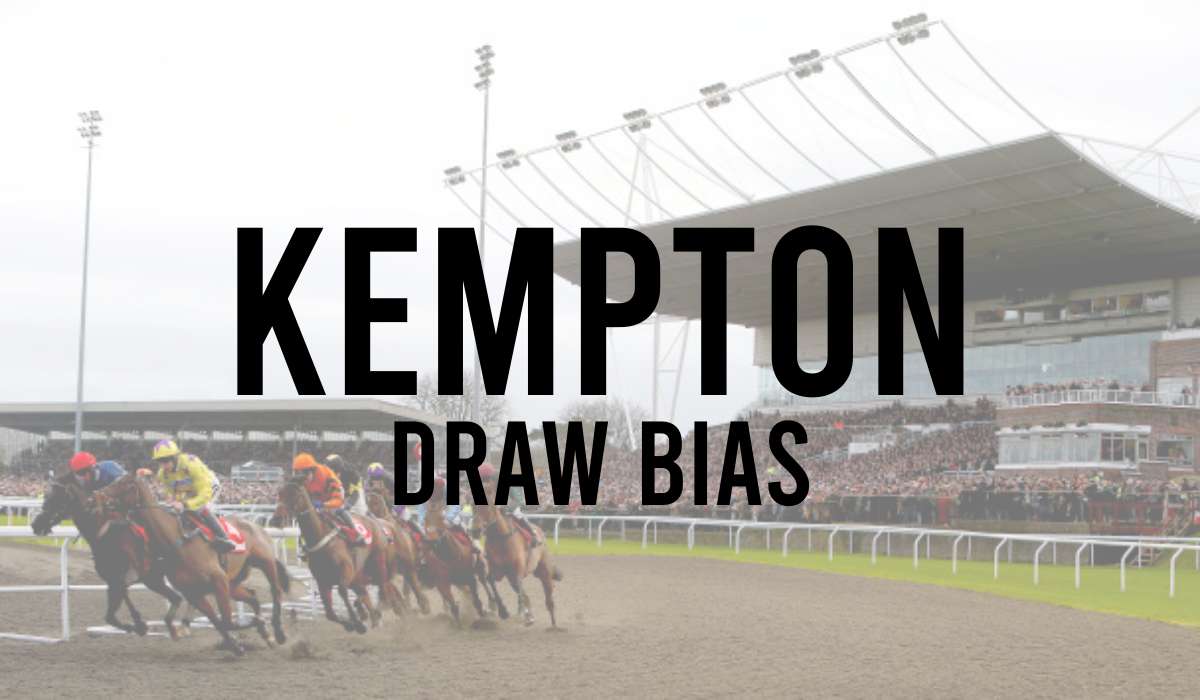
- Lingfield Draw Bias

- Musselburgh Draw Bias
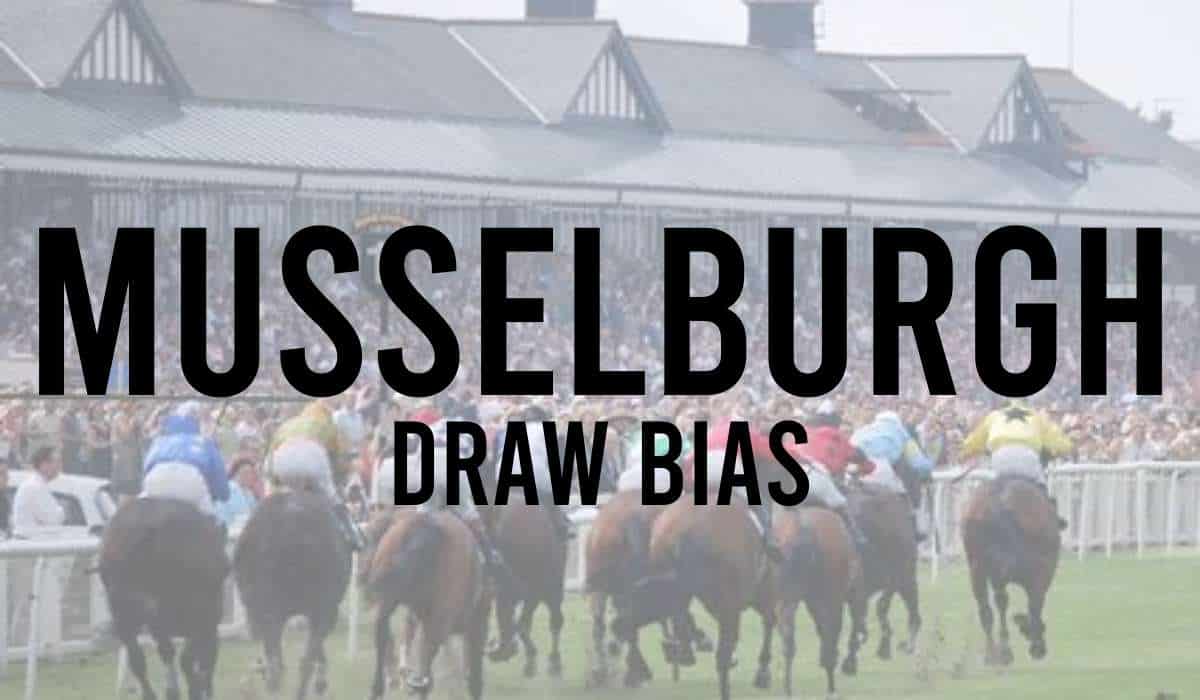
- Newbury Draw Bias
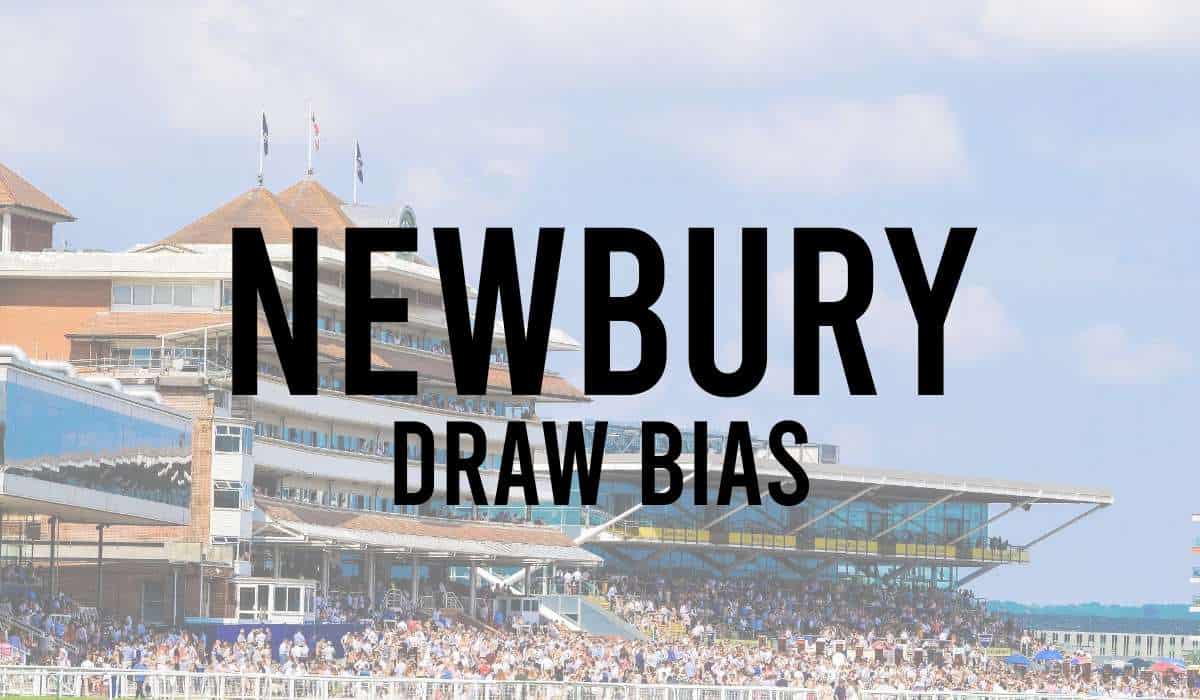
- Newcastle Draw Bias
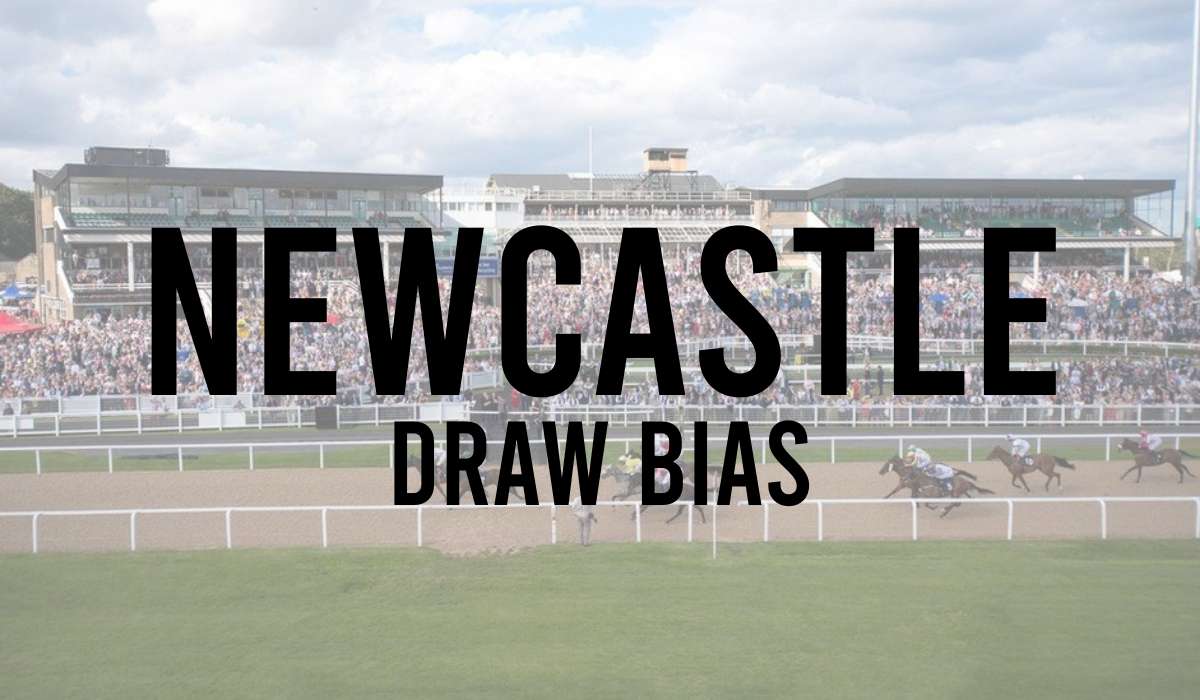
- Newmarket July Course Draw Bias

- Newmarket Rowley Mile Draw Bias
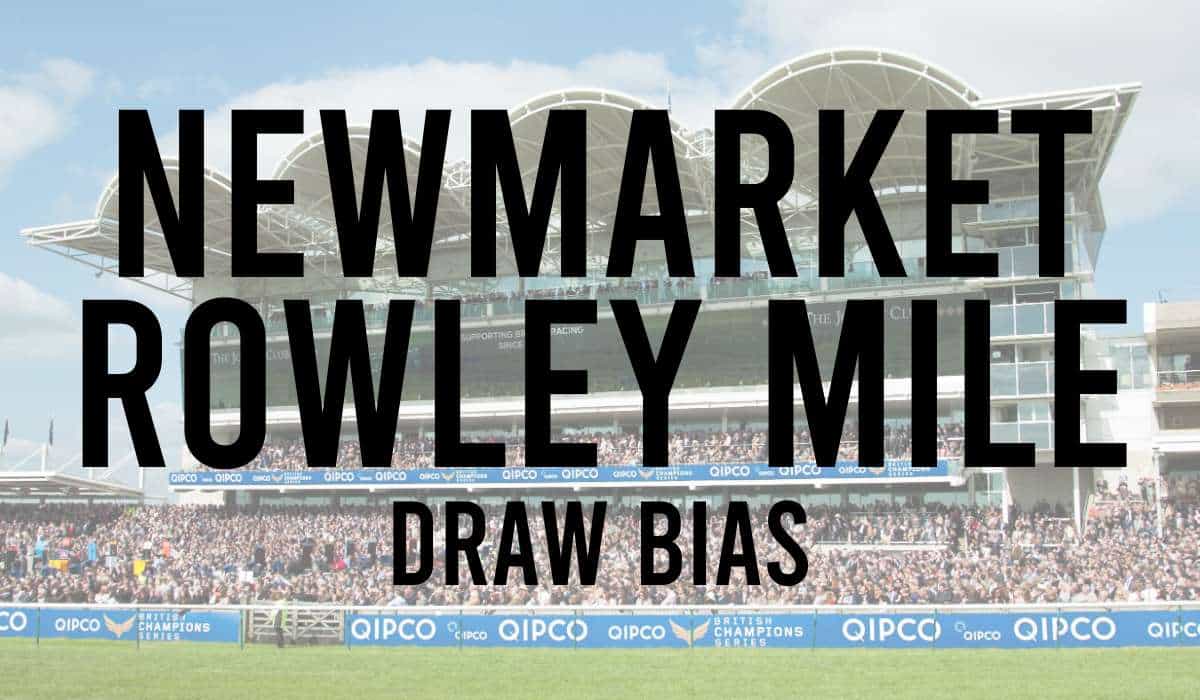
- Nottingham Draw Bias
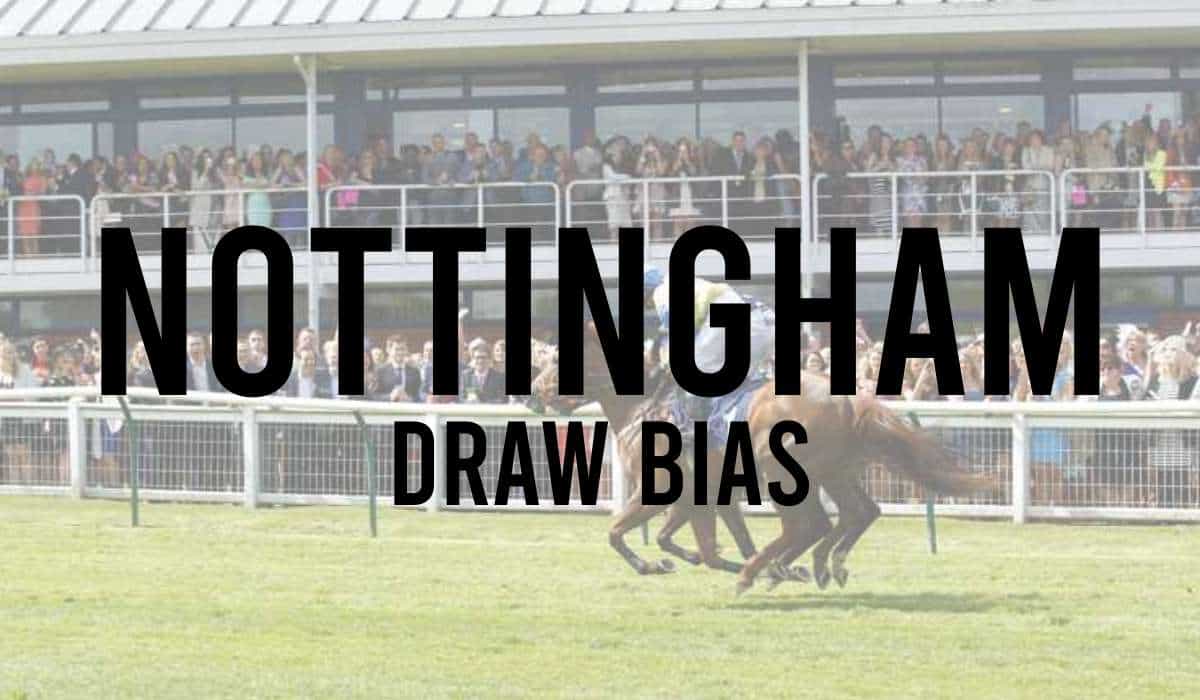
- Pontefract Draw Bias
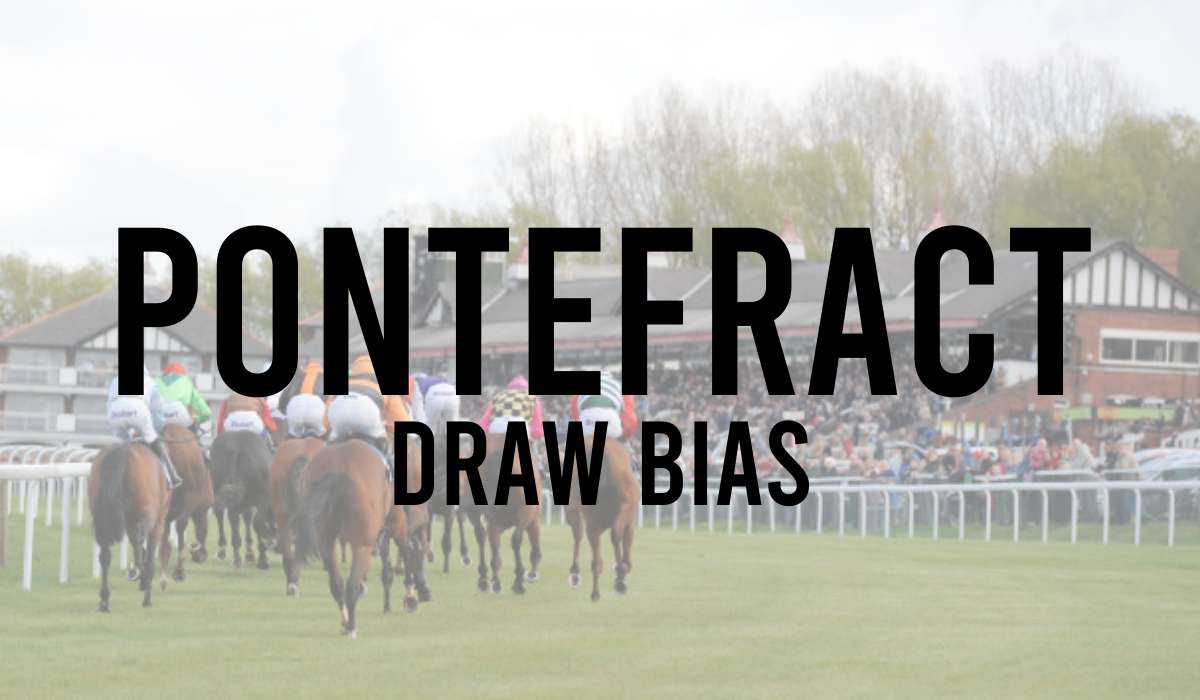
- Redcar Draw Bias
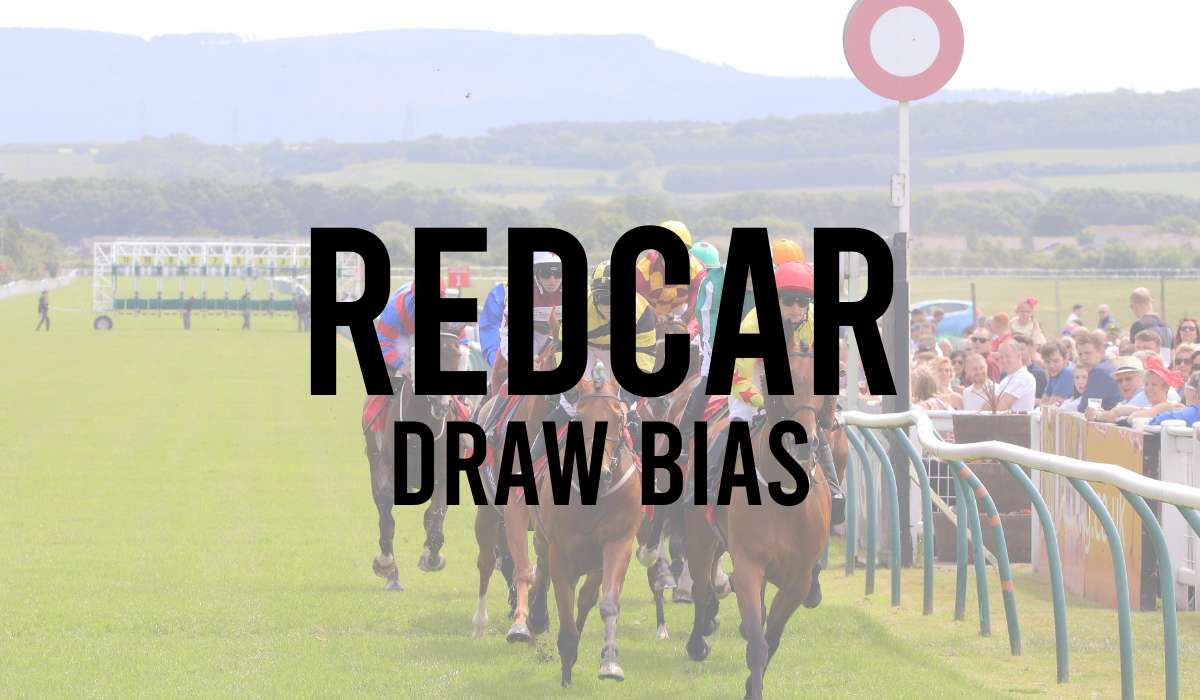
- Ripon Draw Bias

- Salisbury Draw Bias
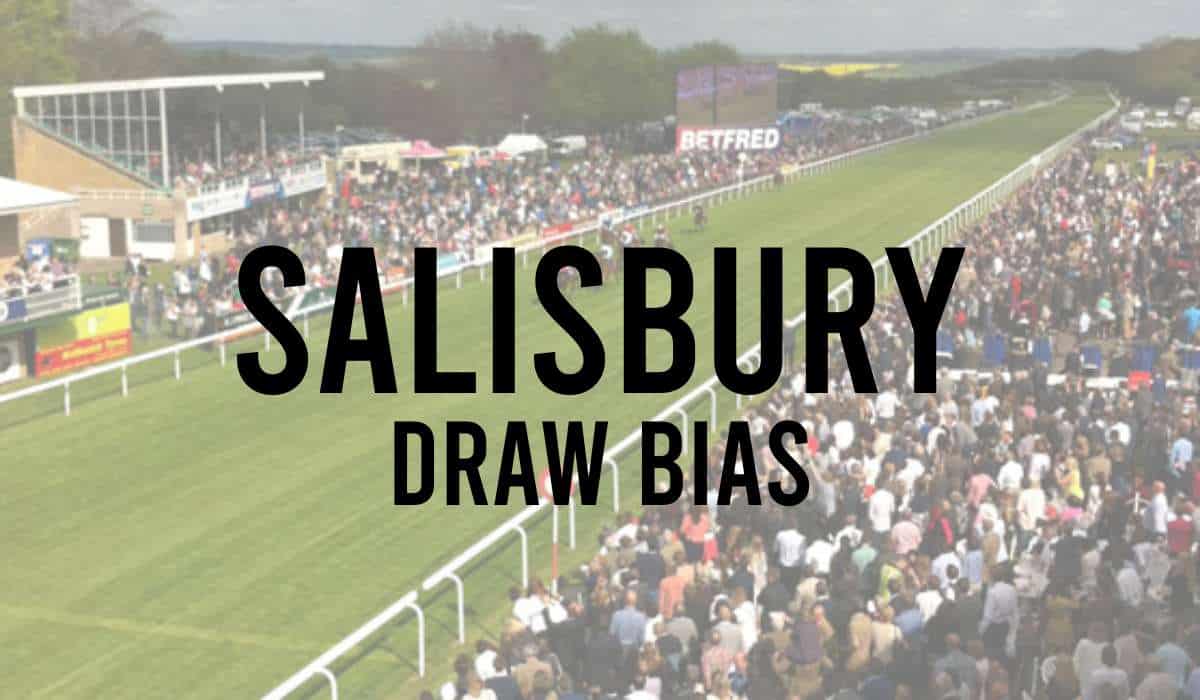
- Sandown Draw Bias
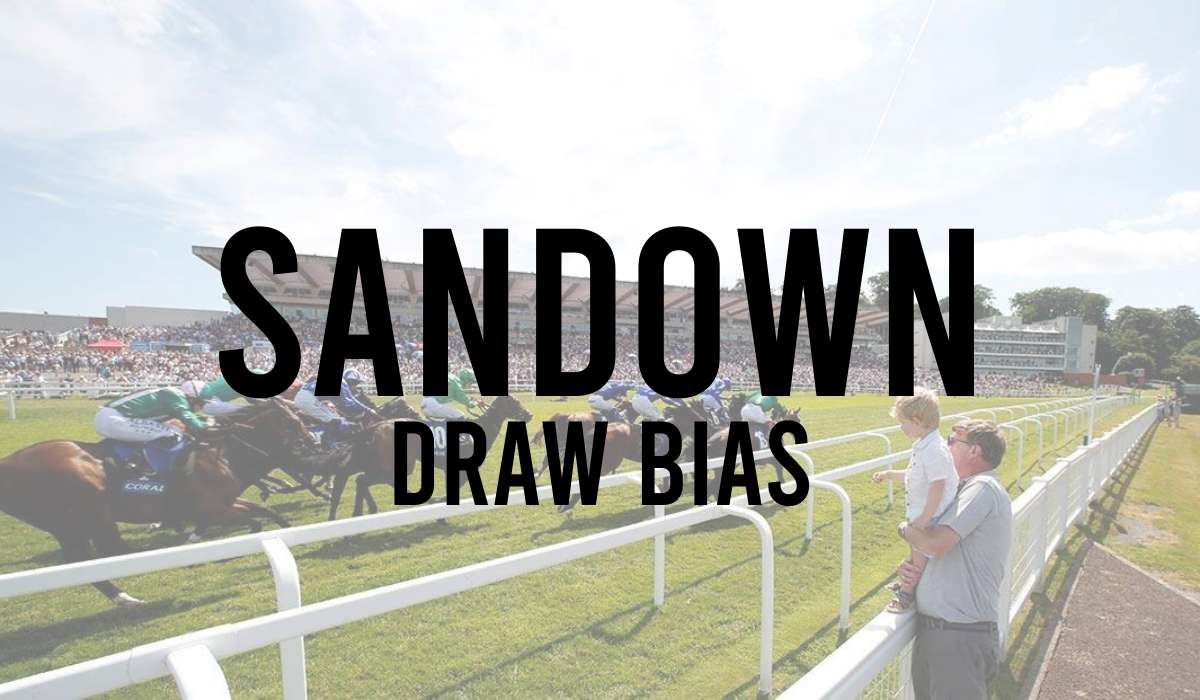
- Sligo Draw Bias
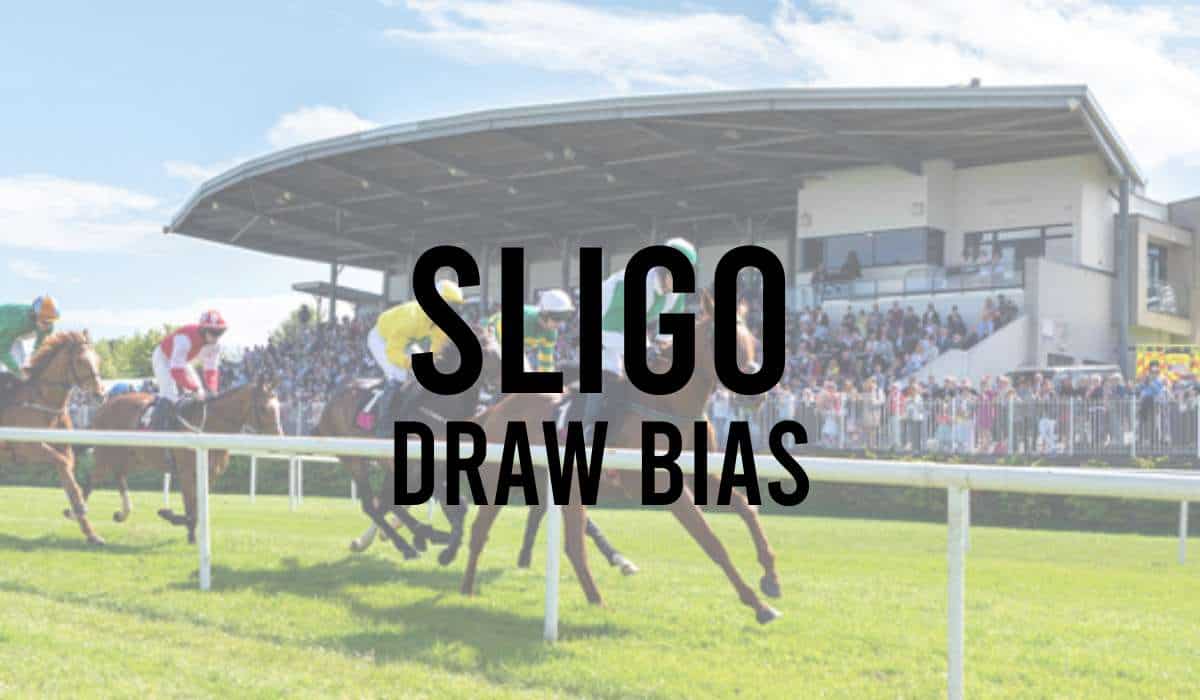
- Thirsk Draw Bias
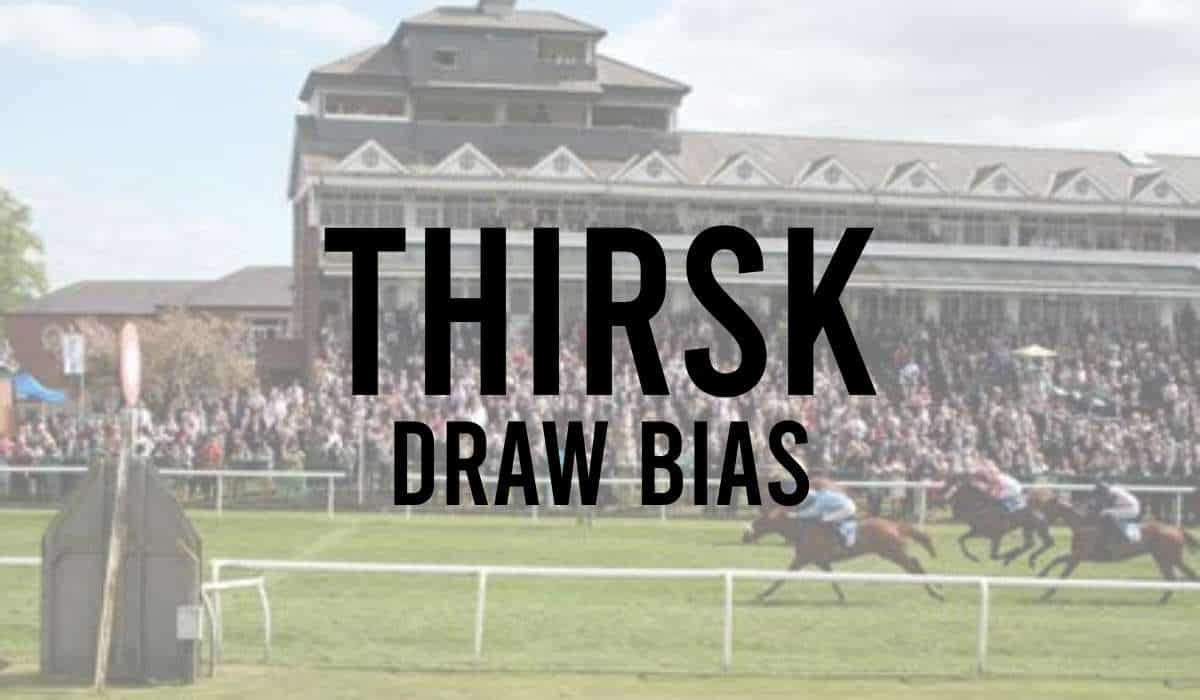
- Windsor Draw Bias
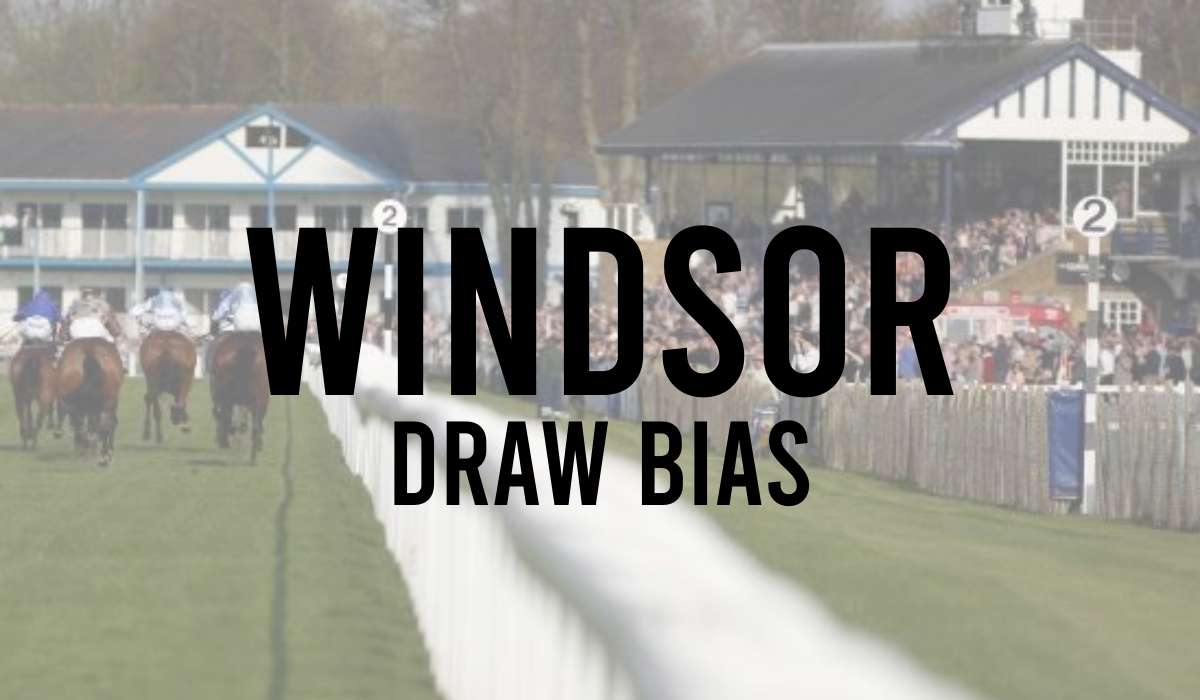
- Wolverhampton Draw Bias

- York Draw Bias


